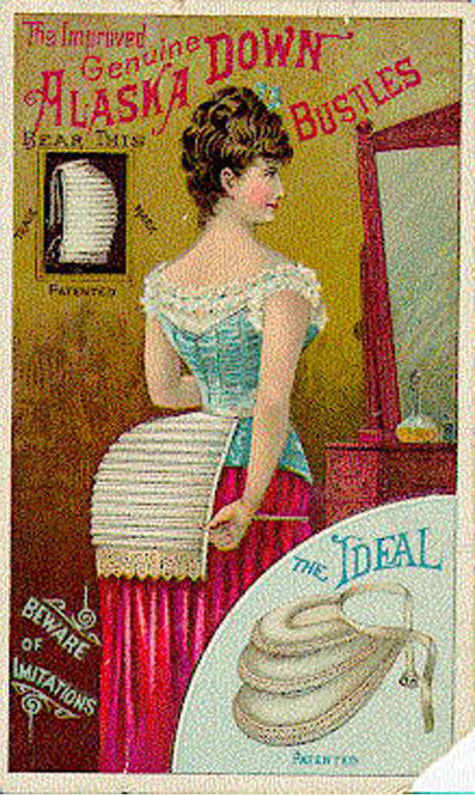Did you know that the Missouri Valley Special Collections has over 2,000 19th century advertising cards? Many of these advertising cards, or trade cards, are from Kansas City businesses and constitute one of the more picturesque collections in the Missouri Valley Room.
This collection provides not only a rich resource for researching the history of printing, advertising, medicine, fashions, late 19th century culture, etc., but also research on Kansas City companies.
Lithography was introduced in the early 1800s and though the printing process of engraving continued, the technology of lithography caused the ubiquitous trade card to develop rapidly. Later in the century with the innovation of chromo-lithography, Louis Prang, who had developed the “idea of mass-producing small cards that could be adapted to the needs of individual advertisers at very low cost,” began producing brilliantly colored cards. These were quickly embraced by businesses to advertise their products or services and reached their popularity in the 1880s and 1890s.
From the serious to the humorous, the scenic to portraits of well-known figures, advertising cards charm and captivate. Many times the picture on the front has no relation to the product being advertised. The cards became not only popular with advertisers, but with the general American public, who began collecting and pasting them in scrapbooks. In fact, many were printed in sets that were to be bought and placed in hardcover albums produced specifically for that purpose.
Technological changes in printing propelled their popularity, and it was technological changes in printing—the mass production of magazines—that caused their demise. But people still collect them. Their charming and endearing quality accompanied by still-brilliant colors appeals to collectors. Six hundred and fifty of these cards are digitized and available online

Located on the corner of 2nd & Main, the Corle Cracker and Confectionery Co. supplied Missouri and Kansas with crackers, cakes, jumbles, pure candies, and biscuits. Jacob Loose bought the Corle Cracker and Confectionery Co., in 1885 and changed the name to Loose Brothers Manufacturing Company. In 1890, the name changed to American Biscuit Company and in 1902 the business began anew as Loose-Wiles Biscuit Company with the brand name Sunshine Biscuits, which produced the well-known Krispy crackers, HI HO crackers, and Hydrox cookies.


The Globe Shoe Parlor advertising cards are a perfect example of a series of cards that customers were encouraged to collect. Manager Oliver Carlat understood that using images of children captured the attention of consumers and created this series himself. These two cards form part of a series that features a drawing of a single child, either holding an object like a musical instrument or pet, or with a caption.

The John Taylor Dry Goods Company store was on Main Street facing Petticoat Lane and carried full line of corsets, bustles and ladies' underwear. This card was created in 1885 and pictures the improved genuine Alaska down bustle. The reverse side of the card reads, "Ladies' genuine Alaska Down Bustles are the only ones capable of extending heavy garments, according to fashion. Now made seamless, impossible to break down or burst. The imitations are weak, worthless and will disappoint you."
